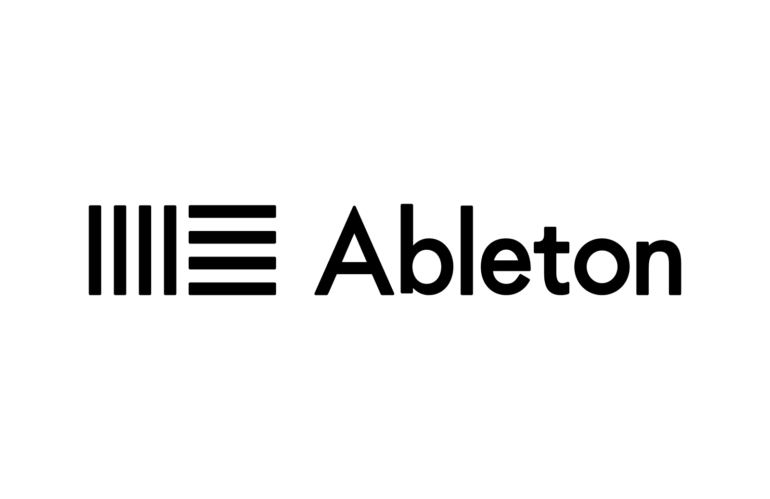In Ableton, understanding and utilizing the metronome is crucial for recording purposes. It serves as a valuable tool for maintaining a steady tempo during performances and recording sessions.
Ben, representing Live Aspects, will guide you through the functionalities and optimizations of Ableton’s metronome. All aspects of the metronome will be covered, so let’s begin without further delay!
Definition of a Metronome
A metronome is an essential device used in music to maintain a consistent rhythm during performances and recordings. It provides an audible representation of the tempo, measured in beats per minute (BPM), which helps musicians gauge the speed of their projects.
By utilizing the metronome while recording, performers ensure that their timing aligns perfectly with other elements in their tracks. Staying in sync with the project’s tempo minimizes timing errors and optimizes the recording process. Ableton offers a fully customizable metronome, allowing users to align their instrumental layers precisely with other components of their projects.
Navigating Ableton’s Metronome
You can find Live’s metronome at the top left of your project in the Top Bar. Toggle the metronome on and off by clicking the corresponding icon. The icon turns yellow when active and grey when muted.
Modifying the Metronome Sound
Ableton provides multiple sound options for the metronome. To change the sound, access the drop-down menu on the right side of the metronome icon. Within the ‘Sound’ category, choose one of the three available options: ‘Classic,’ ‘Click,’ or ‘Wood.’
The ‘Classic’ option delivers a bright and tonal metronome sound, while ‘Wood’ offers a woodblock-like alternative. Selecting ‘Click’ produces a softer metronome sound.
Personalizing the Metronome Sound
If you desire a metronome sound beyond the options offered by Ableton, you can install your own custom sound files. To do so, you’ll need to delve into Ableton’s files and locate two audio files—one representing the first beat of each bar and the other representing the remaining beats.
| Mac
To customize the sound of the Metronome in Ableton on a Mac, the user can follow the steps below in order:
- Open Finder and locate the Live application. Right-click on it and choose “Show Package Contents.”;
- Inside the Live application package, navigate to ‘Contents/App-Resources/Misc/Metronome/Samples/’ and locate two files named “Metronome.wav” and “MetronomeUp.wav.”;
- To preserve the original files, rename “MetronomeUp.wav” and “Metronome.wav” to “MetronomeUpBackup.wav” and “MetronomeBackup.wav” respectively. These backup files can be used to revert to the original sounds later if desired;
- Rename your desired custom Metronome sounds to “Metronome.wav” and “MetronomeUp.wav” and copy them into the folder mentioned above. If you wish to revert to the original Metronome sounds, simply delete your custom sound files and rename the backup files by removing the “Backup” from their names.
For customizing the sound of the Metronome in Ableton on Windows, the following steps should be followed:
- Open File Explorer or Windows Explorer and click on “View,” then select “Options.” In the Folder Options window, choose the “View” tab and select the option to “Show Hidden Files, Folders, and Drives.” Click “OK” to confirm;
- Navigate to the folder ‘C:\ProgramData\Ableton\Live x\Resources\Misc\Metronome\Samples\’ and locate the files “Metronome.wav” and “MetronomeUp.wav.”;
- Rename “MetronomeUp.wav” and “Metronome.wav” to “MetronomeUpBackup.wav” and “MetronomeBackup.wav” respectively, to keep a backup of the original files;
- Rename your custom Metronome sounds to “Metronome.wav” and “MetronomeUp.wav” and paste them into the folder mentioned above. If you want to revert to the original Metronome sounds, delete your custom sound files and rename the backup files by removing the “Backup” from their names.
To adjust the volume of the Metronome in Ableton, the user can follow these steps:
The volume control for Live’s Metronome is located on the Master track. It can be identified by a knob with a small headphones icon, positioned below the panning knob.
To change the rhythm of the Metronome in Ableton, the user can follow these steps. By default, Ableton’s Metronome plays on each beat, with a distinctive sound indicating the first beat of each bar. To modify the rhythm, follow these steps:
- Access the drop-menu located on the right side of the Metronome icon;
- Within the drop-menu, navigate to the ‘Rhythm’ category;
- Choose the desired rhythm from the available options. The default setting is ‘Auto,’ which plays a ¼ note rhythm.
To set a Count-In in Ableton, which allows performers to anticipate the recording start, follow these steps:
- Access the drop-menu on the right side of the Metronome icon;
- Within the drop-menu, locate the ‘Count-In’ category;
- Select the desired duration for the count-in, choosing between a 1, 2, or 4 bar count-in.
Inform the performer about the count-in setting to ensure they know how long to wait before recording begins. To automate the tempo in Ableton, enabling gradual or sudden tempo changes within a track, follow these four steps:
- Activate Automation Mode by selecting the toggle icon above the first track in the arrangement view or pressing the ‘A’ key. This allows you to view and edit automation envelopes;
- Navigate to the project’s Master track and choose ‘Master’ from the first drop-down menu, then select ‘Song Tempo’ from the second drop-down menu to access the song tempo automation.
- Set the desired minimum and maximum tempo parameters for the automation;
- Create automation points and shape the automation envelope to achieve the desired tempo changes in your project.
To route the Metronome to headphones only in Ableton, if the sound card/audio interface has multiple outputs, follow these steps:
- Open the ‘Preferences’ menu and go to the ‘Audio’ tab;
- Select ‘Output Config’ and enable the additional stereo output(s). If desired, rename the outputs;
- Click on the ‘I/O’ icon located to the right of the Master track;
- Route the ‘Cue Out’ on the Master track to the secondary output. This includes routing the metronome’s output;
- Adjust the volume of the metronome using the blue knob on the Master track. Now, the metronome will only be heard through the second output, which can be useful when recording with headphones.








